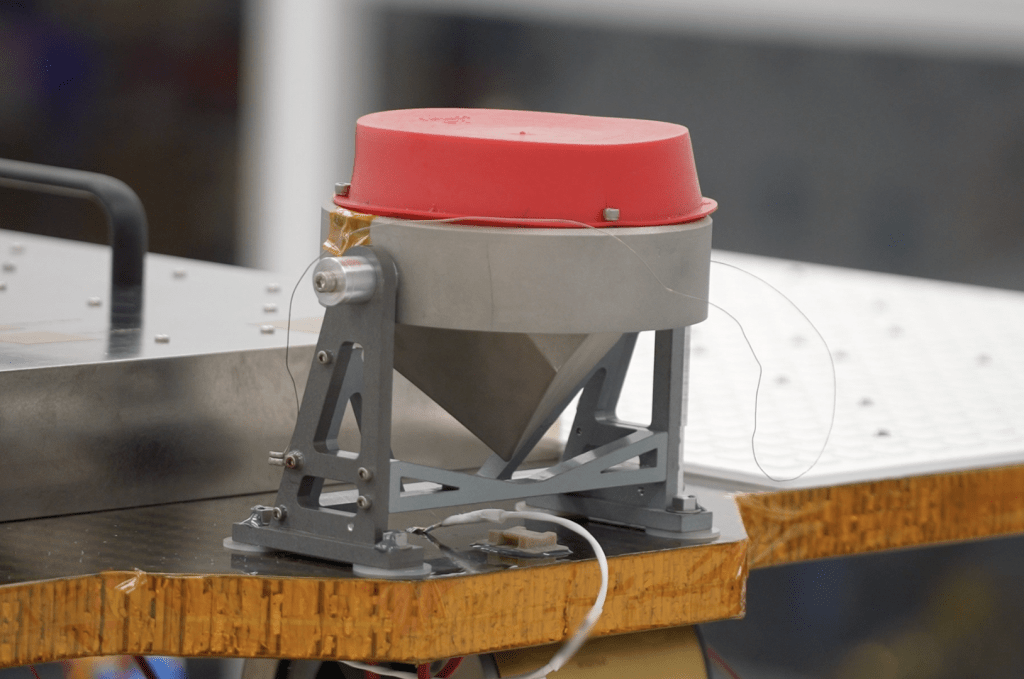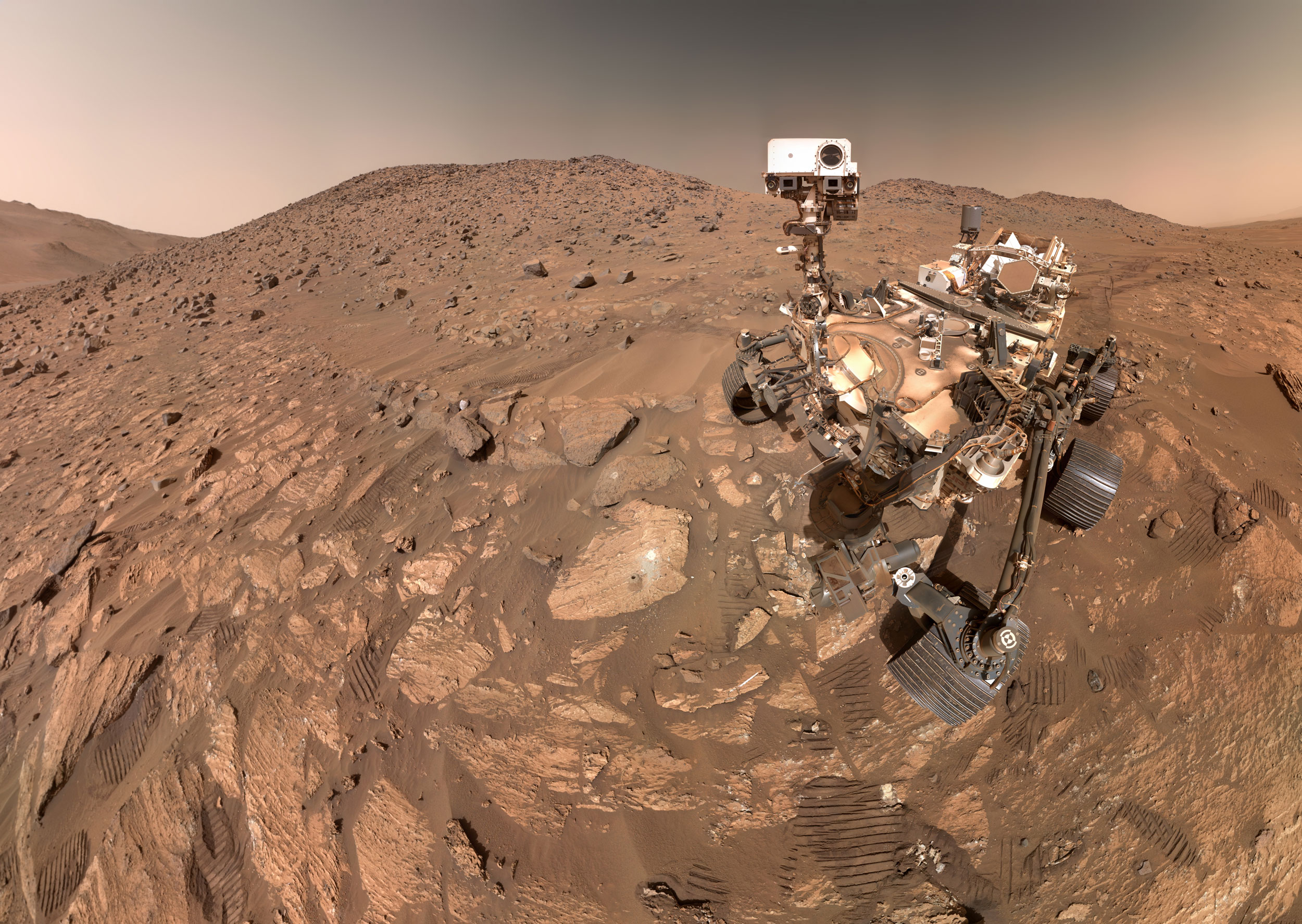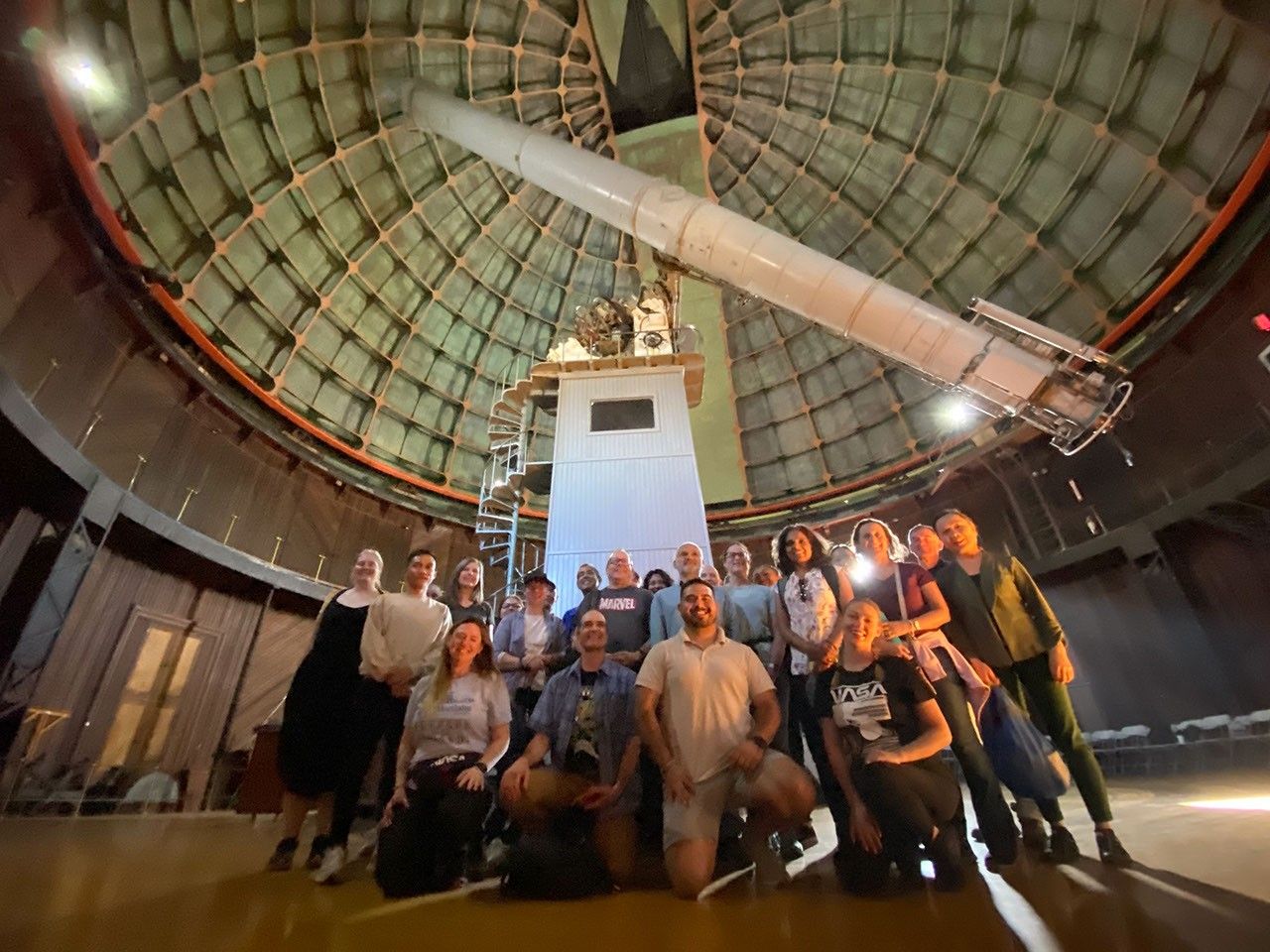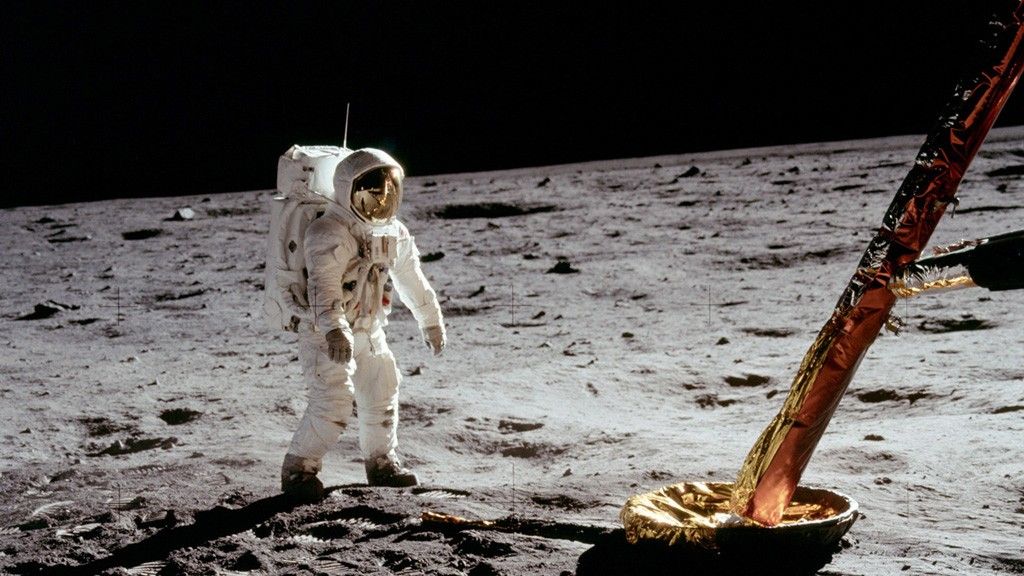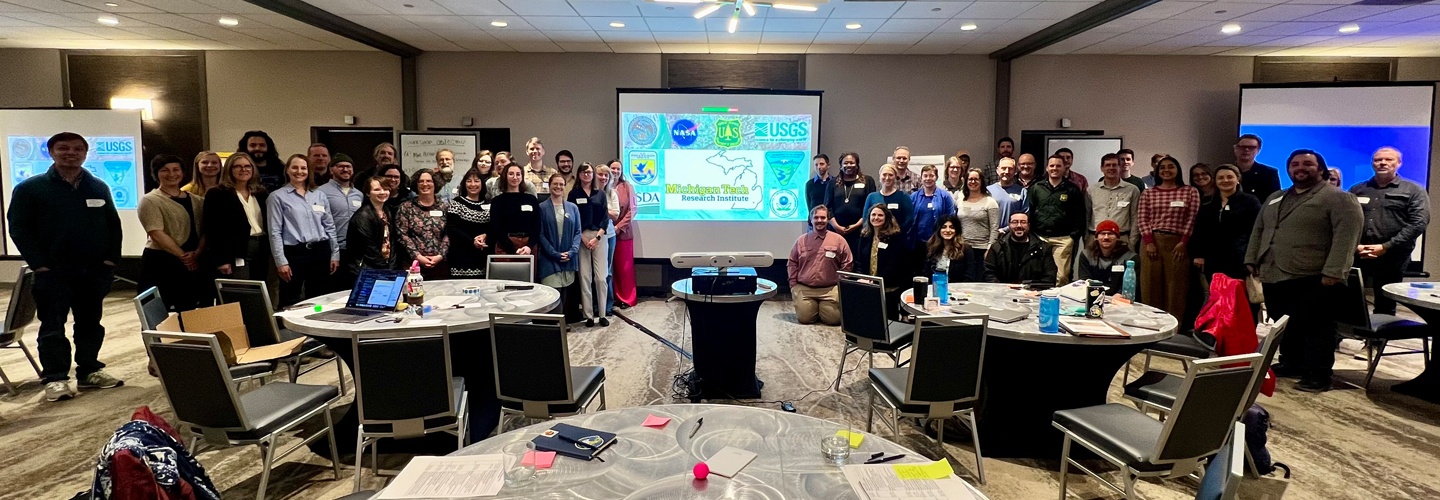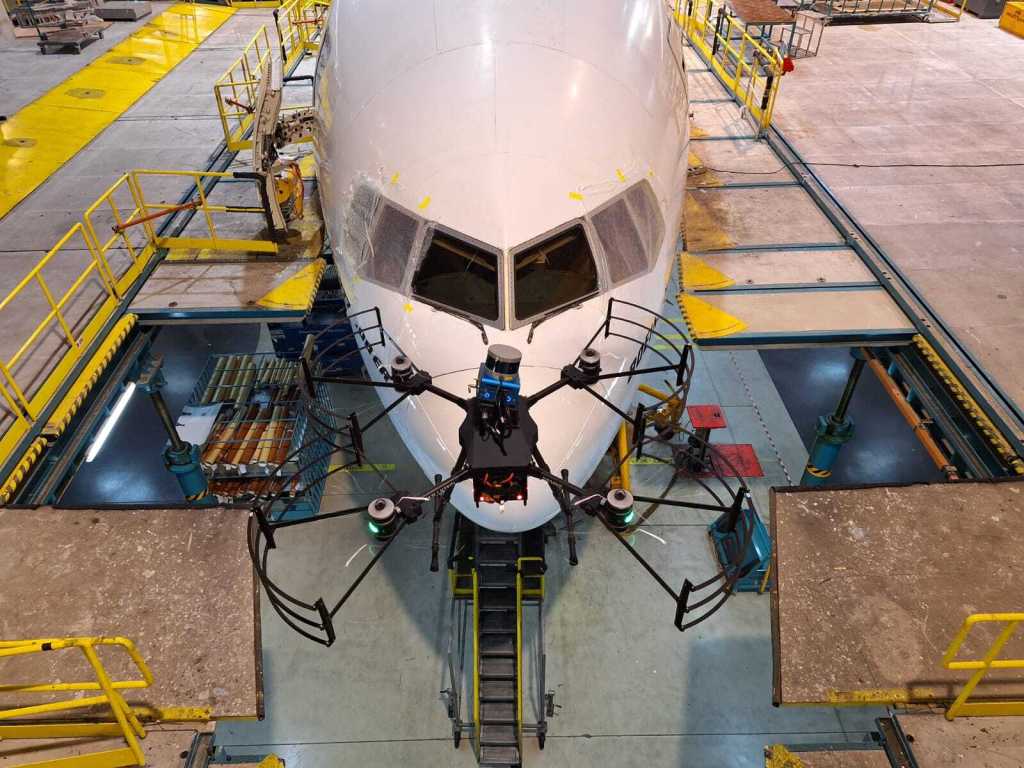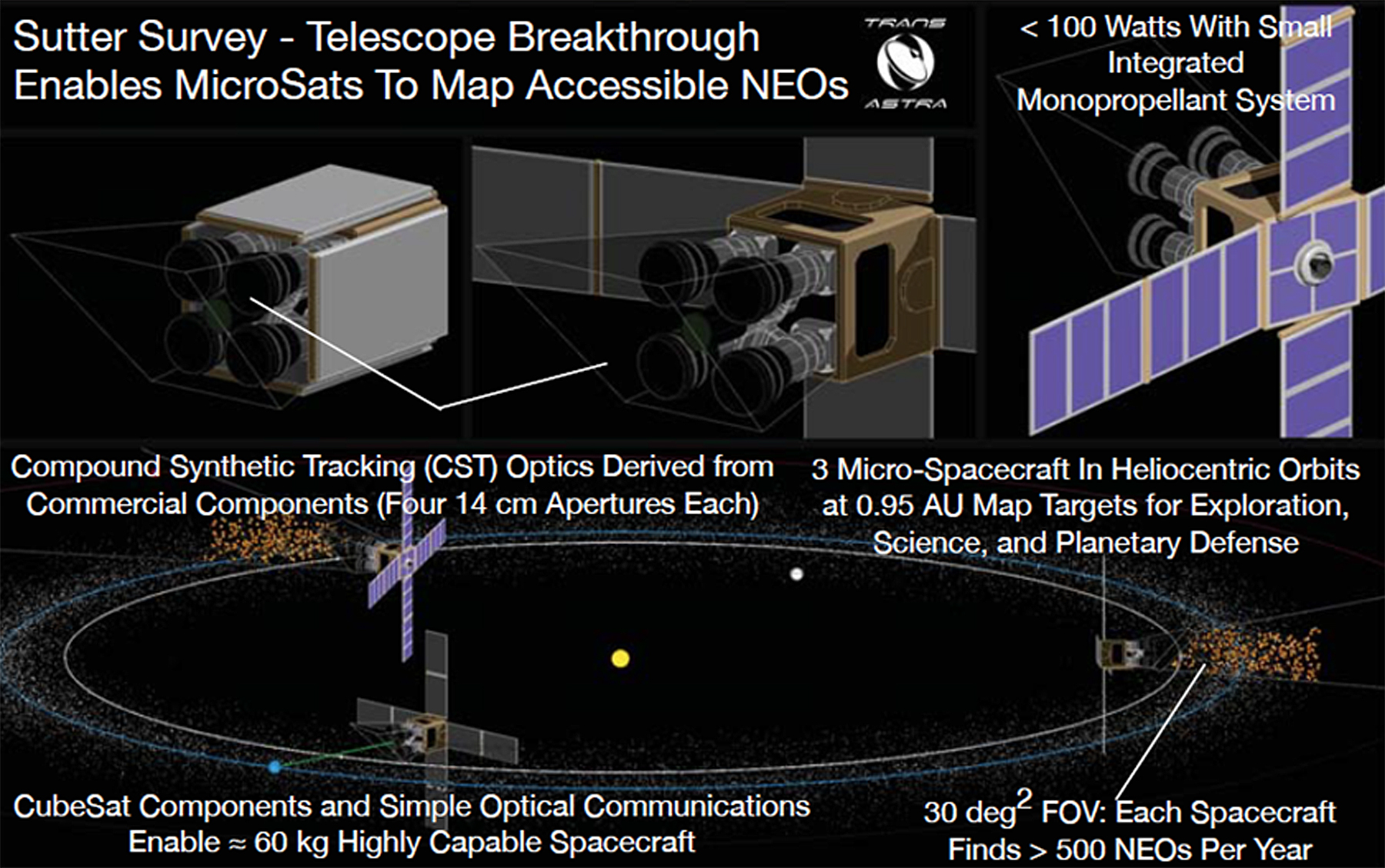Joel Sercel
TransAstra
Description
PROBLEM: These are three primary reasons why it is important for NASA to develop better ways to locate and characterize Near Earth Objects (NEOs). First, NEOs are an impact hazard to the Earth and Congress has mandated that NASA find 90% of all the objects over 140 meters by the end of 2020. NASA will fail to meet this mandate because of the high cost of current asteroid survey approaches. Second, measuring the NEO population distributions in space will unlock the answers to critical questions dealing with the formation and evolution of the solar system. Finally, NEOs are exciting candidates as targets for human exploration and they represent a virtually unlimited resource of valuable material for radiation shielding, propellant, and life support consumables that could make NASA’s envisioned deep space human exploration program affordable. Current models suggest that for every > 140 m NEO, such as those targeted by the Congressional mandate, there are about twenty intermediate sized (>40 meter class) objects. Intermediate sized objects are more likely to impact the Earth with detrimental effect but are not efficiently identified by current survey methods. One such example was the Chelyabinsk meteor which hit Russia in 2013 damaging 7,000 buildings and injuring 1,491 people. Going further down the size scale, for each 140 m object there are over >1,000 ten meter objects and more than >8,000 five meter objects. Due to their large numbers, these smallest of NEOs are the most likely to be highly accessible as space resource and human exploration targets, and because their size makes them easier to capture and work with using reasonably sized equipment, they are ideally suited as sources of ISRU space resources. Unfortunately, no sky surveys or methods currently being conducted or planned can find a significant fraction of these most plentiful and valuable but elusive small volatile rich targets.
Sutter changes all that.
CONCEPT: To solve this critical unmet need we envision a new type of low cost, high performance compound telescope, the Compound Synthetic Tracker (CST) which we propose for a series of new space missions that takes advantage of recent advances in electronics, CubeSat technology, laser communications, and off-the-shelf optics for camera zoom lenses. The first space mission concept we propose based on CST is the Sutter Survey, named after the Sutter’s Mill discovery which led to the California gold rush. The Sutter Survey project can lead to a gold rush in space to exploit the resources of the small highly accessible NEOs that we intend to find and characterize. As depicted in the summary chart, our concept involves a constellation of three CubeSat scale spacecraft in heliocentric space each 120 degrees apart in the plane of the ecliptic with a semi-major axis of about 0.95 AU. We estimate that this entire constellation can be built for less than $50M, launched as piggy back payloads, and perform like the billion dollar, 8 m aperture Large Synoptic Survey Telescope (LSST) ground based telescope at finding and tracking small dark asteroids. Beyond Sutter Survey is Sutter Extreme, a New Horizons class mission that performs beyond the flagship level to increase the discovery rate of dangerous impactors by more than 24X and find and characterize more than 7,500 new NEOs every year.


